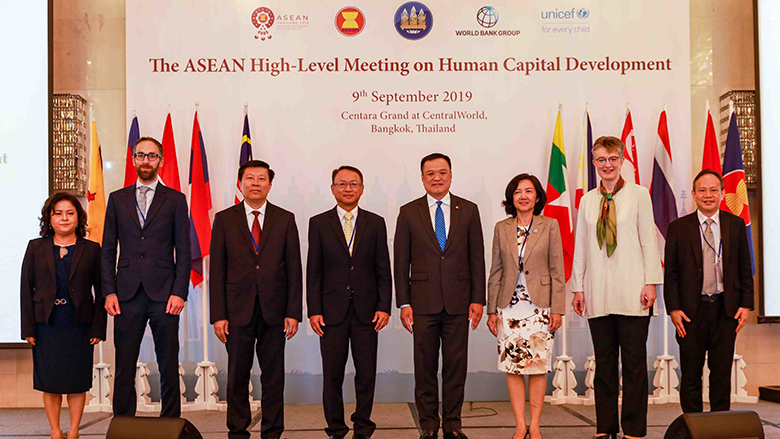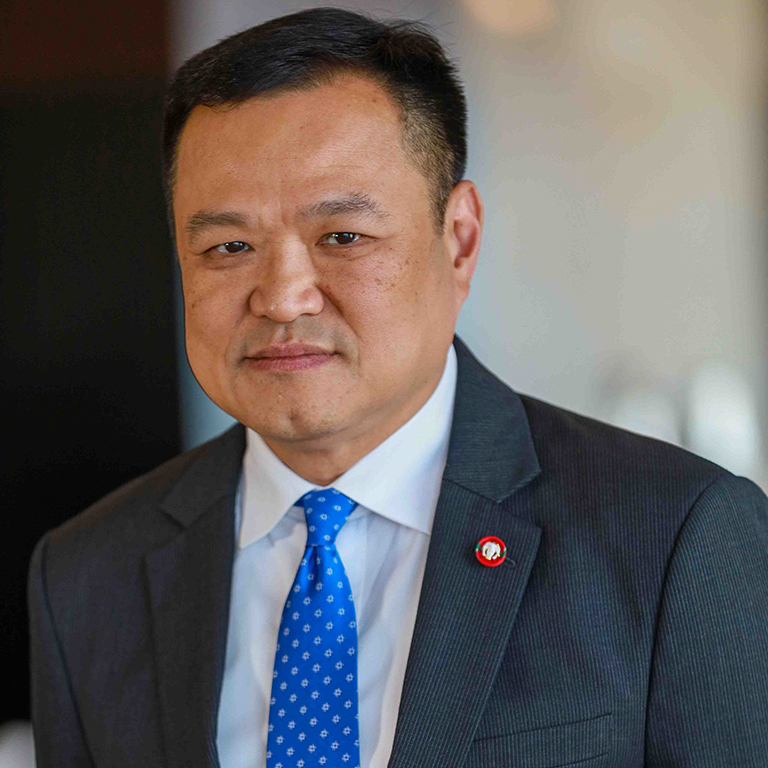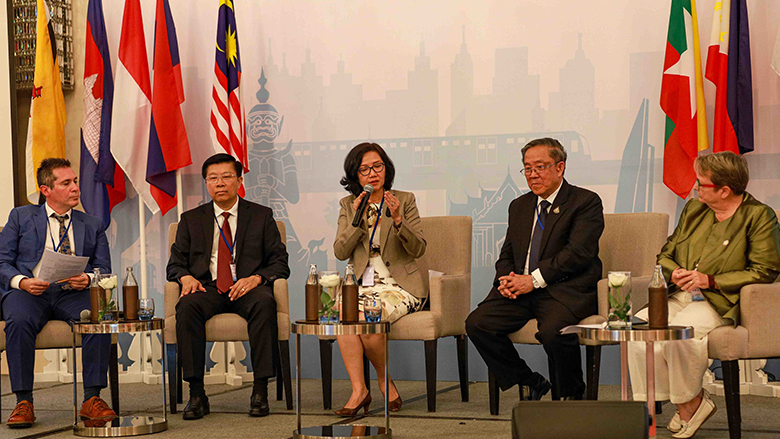In their decades-long efforts to spur strong economic growth and significantly reduce poverty, countries in the Association of Southeast Asian Nations (ASEAN) also successfully improved education and health outcomes for their people. Today, however, ASEAN’s average indicators on education, skills development, and health are below what is expected of its current income levels. These persistent gaps can undermine future growth and prosperity in the region.
To thrive in the global economy, where new technologies will create industries that have yet to be imagined, and where the changing nature of work prizes higher-order skills, ASEAN countries will have to go back to basics – and invest in its children.
The challenge is significant. Almost a third of children in the region have stunted growth due to chronic malnutrition, making them highly prone to life-long cognitive and physical limitations. These can lead to poor school performance and diminished career prospects overall. And though schooling rates are high across ASEAN, limited education quality generates large learning gaps – 21 in 100 children have low reading comprehension skills at the end of primary school. Some 15% of 15-year-olds living today will not reach the age of 60 mainly due to noncommunicable diseases such as diabetes, cancer, and cardiovascular and respiratory illnesses. Both issues are partly a result of unequal access to basic services, including healthcare and education, which in turn contributes to widening income inequalities.
ASEAN countries, while linked geographically and economically, have varying levels of life expectancy, job productivity, and education quality. At the core of these challenges is the need among all countries to accelerate human capital development. This month in Bangkok, Thailand, leaders from the region came together to discuss how to take this further.
“Disparity, poverty, education and health, remain a challenge in ASEAN. We have to make Human Capital Development an integral part of our development,” ASEAN Secretary-General Lim Jock Hoi told the ASEAN High-Level Meeting on Human Development on September 9, 2019.
Organized by Thailand’s National Economic and Social Development Council (NESDC) and Ministry of Foreign Affairs, the World Bank and UNICEF, the high-level meeting was designed to facilitate dialogue among member states to share successful policy frameworks and emerging challenges, as well as help identify new approaches to human capital development and move towards a set of common, yet adaptable, policy directions.



